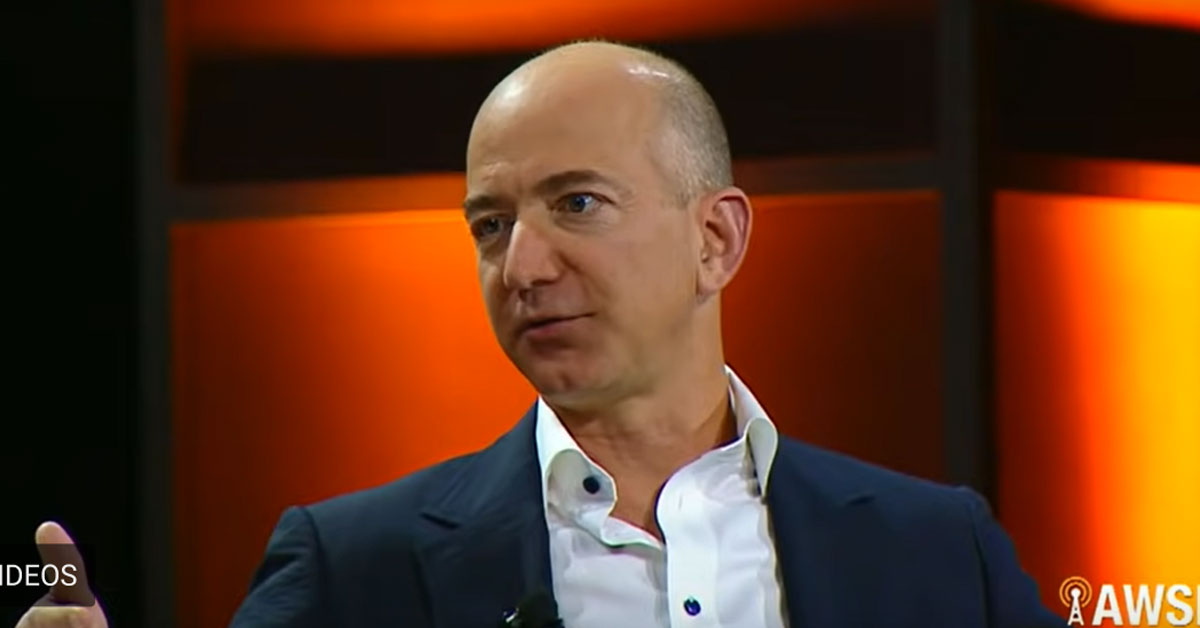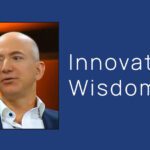Differentiate to Win Market Leadership
In my last newsletter – The Bezos Strategy (And Yours?): Relentless Focus on Unchanging Needs – I wrote about how Jeff Bezos built Amazon’s strategy “around the things that are stable over time” – i.e., the customers’ unchanging needs – and how you can do this, too.
One reader told me, however, that because his business will never be a low-cost provider, it was difficult to identify which of his target customers’ needs are stable over time and worthy of building his strategy around. Exactly.
That’s where the Jobs-to-Be-Done (JTBD) process excels. It enables companies to consistently find the customers’ unchanging needs in virtually any market, so you know where to focus and what to do to differentiate, innovate, and grow. Reliably. Repeatably. That’s what I want to show you in this article and the next.
Let me start by sharing some key words from an interview Bezos did with Charlie Rose about why the iPad is not a “Kindle-killing” device.
From Startup Archive on X: When Charlie Rose asks him if the iPad is a “Kindle killer” in this 2012 interview, Jeff gives an incredible response:
“It’s a very different product, and I can give you an example. If I came to you and said: ‘Charlie, I love your show, but we’ve got to sex it up. We need fast cuts and vicious arguments between your guests.’ You would rightly say to me: ‘Jeff, I love you man, but you don’t understand my audience. We have a cerebral conversation here. It’s what we do, and it’s how we’re differentiated.’”
He continues:
“When people come to me and say: ‘You’ve got to have full-motion video and color on the Kindle.” I say: ‘Why? You think Hemingway is going to pop more in color?’… You don’t understand my audience.”
Jeff goes on to explain that the vision for the Kindle is: a purposeful device for reading where no tradeoffs have been made—every single design decision is optimized for reading. And knowing exactly who his audience is gives him conviction in the Kindle team’s design decisions—even when everyone at the time was saying that the iPad would crush them.
To drive home the point of just how different the audiences for the iPad and Kindle are, he points out:
“The #1 thing people are doing on their iPads right now is playing a game called Angry Birds… The #1 thing people are doing on their Kindle right now is reading Stieg Larsson.” (END)
The key words are that the Kindle is “a purposeful device for reading where no tradeoffs have been made—every single design decision is optimized for reading.” In other words, he is optimizing every single design decision to help people get the job of “reading” done better than any other product or service. Did you know that this is exactly what every market-leading product or service does?
Consider the findings of Nielsen’s 2012-2016 annual Breakthrough Innovation Reports as described by the late Professor Clayton Christensen et al in their book Competing Against Luck: The Story of Innovation and Customer Choice:
“In its 2012-2016 annual Breakthrough Innovation Reports, Nielsen tracked over 20,000 new product launches and identified just 92 that sold more than $50 million in year one and sustained sales in year two (excluding close-in line extensions)…On the surface, the list of breakthrough winners looks random…but they had one thing in common: Every single one of them nailed a poorly performing job to be done.” P. 57-58.
Before we can optimize our offerings around our target customers’ jobs, however, we need to understand why discovering, analyzing, and targeting customers’ “jobs” is so much more powerful that continuing to talk about customers’ “needs.” I’ll pick things up here next time. Then we can talk about how to optimize all of your design decisions to nail your customers’ jobs.
The key to success is to shift your focus away from generating ideas to helping your customers get their jobs done. That starts by determining what type of customer inputs to obtain, how to get them, and how to use them to achieve your growth objective.
This is where obtaining your target customers’ criteria for success is crucial. Knowing which criteria are important and unsatisfied (unmet) reveals game-changing insights that your competitors are unaware of (unless they have done this analysis). It’s like getting an X-ray of your customers’ needs. More to come next time!




